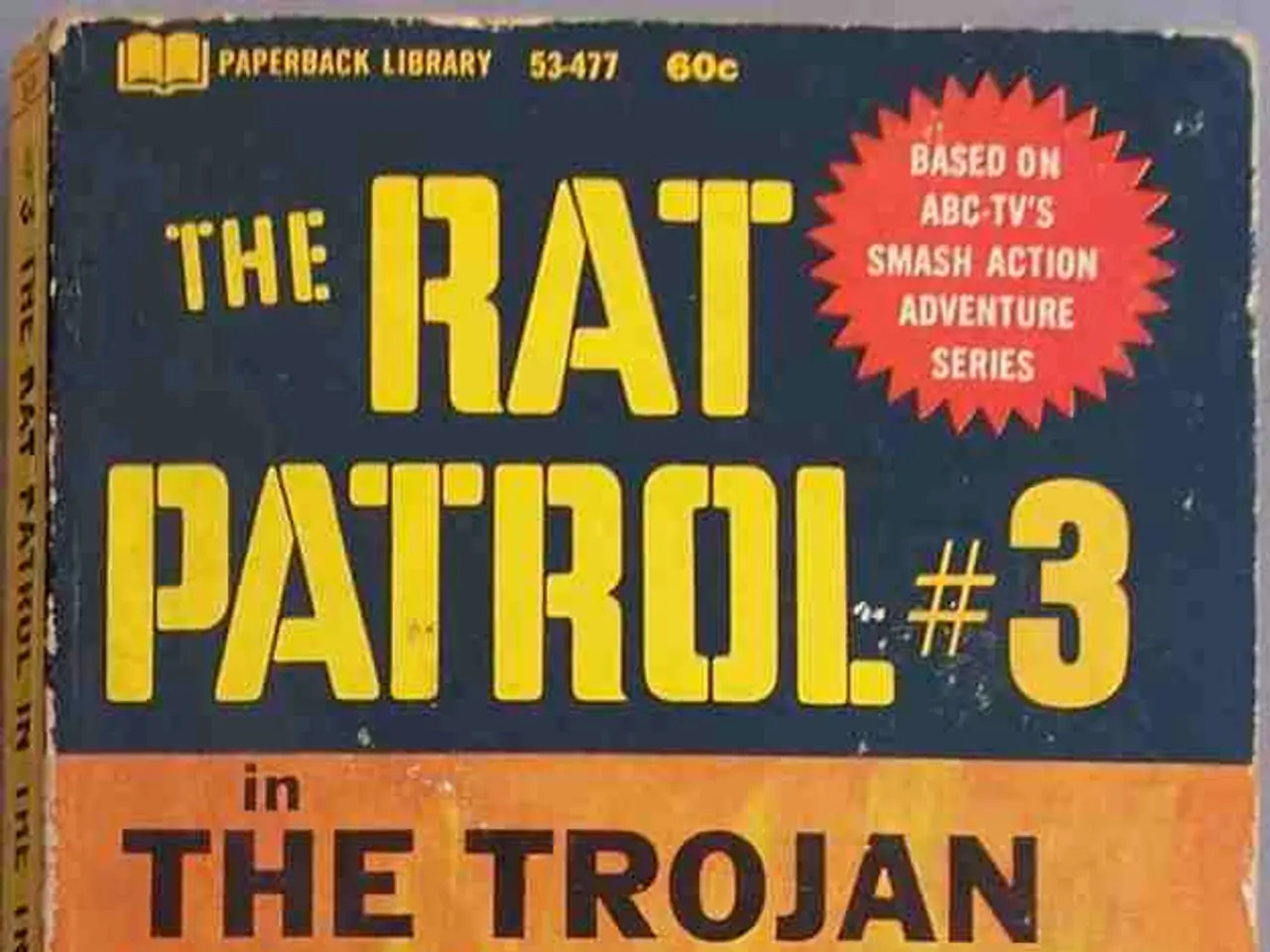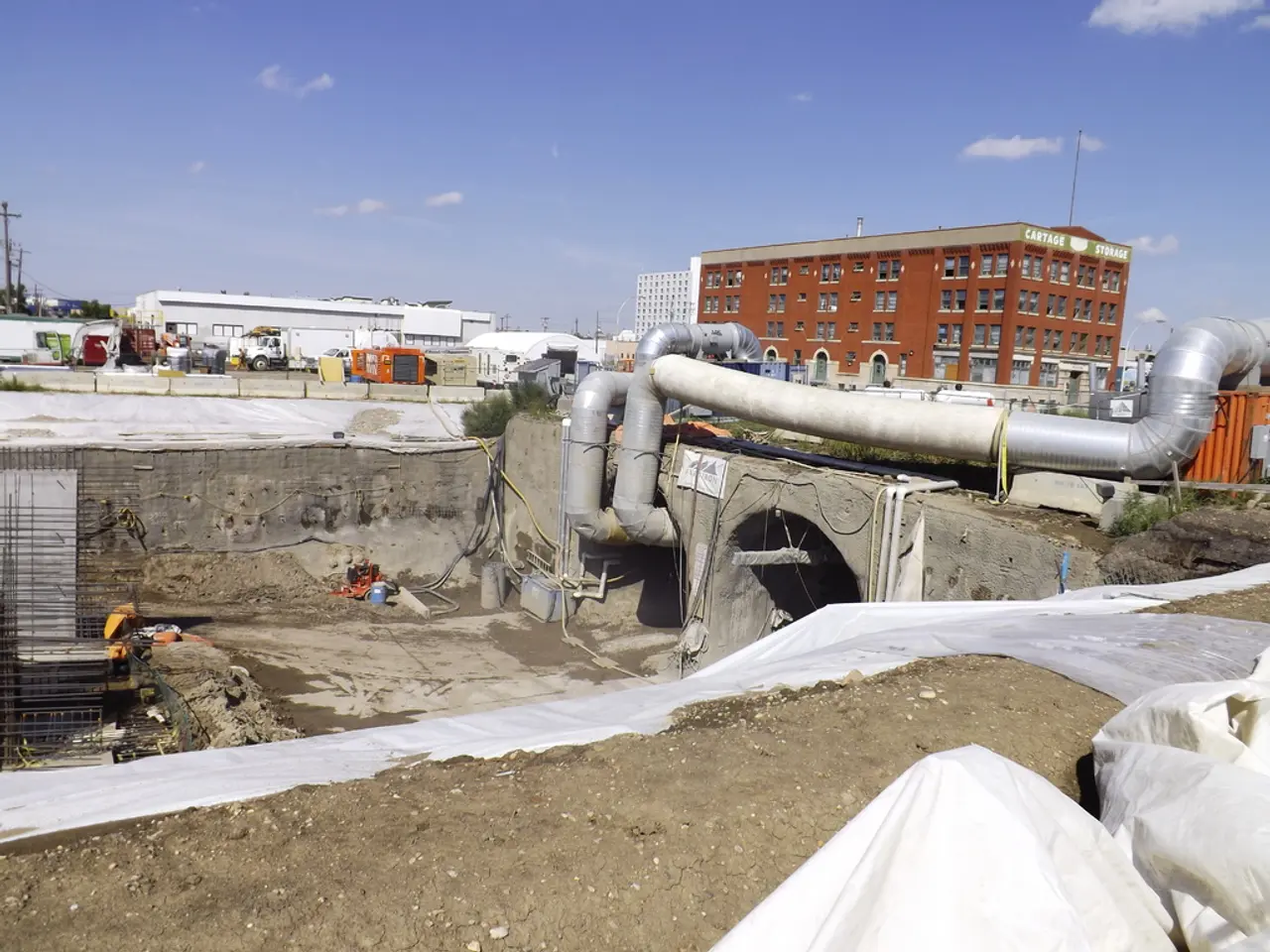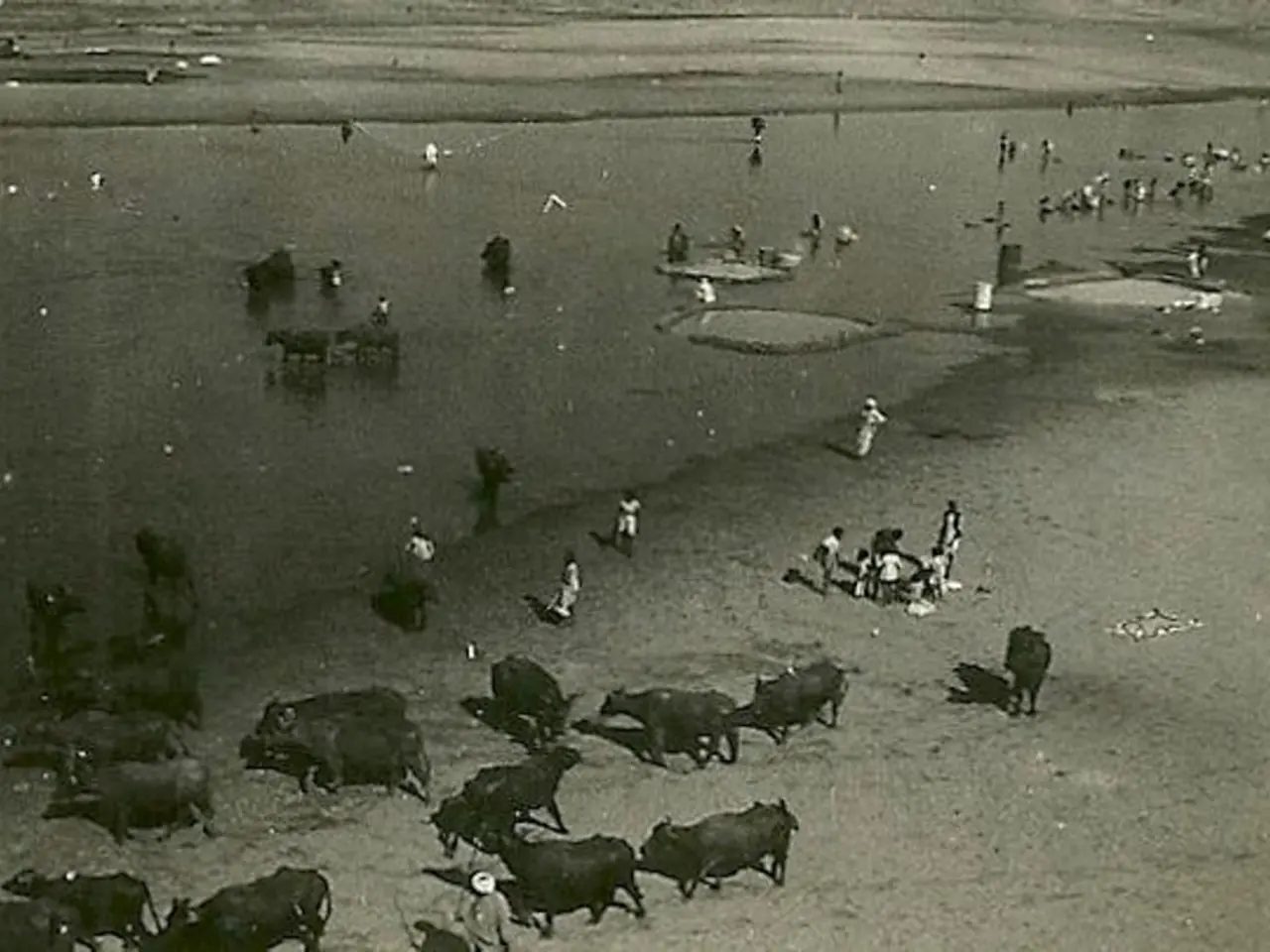US Underestimates Iran Strike Impact, Says French Intelligence Chief, Citing Uncertainty Over Uranium's Whereabouts
In the aftermath of the recent airstrikes on Iran's nuclear facilities, the exact location of the remaining highly enriched uranium (HEU) has become a subject of intense speculation. Prior to the attacks, Iran had approximately 408 kilograms of uranium enriched to 60 percent, enough to potentially produce up to 10 nuclear weapons if further enriched to weapons-grade levels.
The primary storage locations for this HEU were the Natanz and Fordow enrichment facilities, and the Esfahan nuclear complex, which houses uranium conversion activities and underground tunnels used for storing enriched uranium. However, due to the damage caused by the airstrikes and Iran's suspected relocation efforts, the exact storage sites are currently unknown.
U.S. intelligence officials and analysts have acknowledged that Iran still retains its 60 percent enriched uranium stockpile, but its precise location remains elusive. Some members of the U.S. Congress have suggested that most of the enriched uranium is likely still in Iran and not part of the facilities directly targeted in the strikes.
Experts believe that Iran may have relocated its HEU to secret or less vulnerable sites to safeguard the material. The international community, including inspectors and intelligence agencies, do not have confirmed access or knowledge of its precise whereabouts at this time.
The stockpile remains a critical proliferation risk given its quantity and enrichment level. Despite the uncertainty about the HEU’s precise location, it is assessed that Iran currently lacks the immediate capability to produce fully weaponized nuclear devices due to earlier strikes on weaponization infrastructure.
As the mystery around the remaining HEU deepens, the possibility of further military action by Iran cannot be ruled out. One scenario could involve the removal of the HEU from damaged facilities in Fordow, Natanz, and Isfahan. American military officials have been more cautious in their public statements about the extent of the damage caused by the airstrikes, emphasising the need for continued vigilance and monitoring.
In conclusion, while the exact location of Iran’s remaining highly enriched uranium is unknown, it is believed to be secured in underground or secret facilities in or near the known nuclear complexes, with ongoing efforts by Iran to recover or protect these materials following recent airstrikes. The international community will continue to monitor the situation closely, seeking to ensure the peaceful resolution of this critical global security issue.
[1] Satellite imagery and intelligence indicate Iran may be digging to regain access to damaged entrances at Esfahan, suggesting the possibility that some HEU remains there or has been moved to secret or hardened locations nearby or elsewhere. [2] Some members of the U.S. Congress have stated publicly that most of the enriched uranium is likely still in Iran and not part of the facilities directly targeted in the strikes. [3] Experts believe that Iran may have relocated its HEU to secret or less vulnerable sites prior to or after the strikes to safeguard the material. Despite the uncertainty about the HEU’s precise location, it is assessed that Iran currently lacks the immediate capability to produce fully weaponized nuclear devices due to earlier strikes on weaponization infrastructure.
- Satellite imagery and intelligence suggest that some of the remaining highly enriched uranium (HEU) might be hidden in secret or hardened locations close to or far from the damaged entrances at Esfahan, as Iran may be digging to regain access.
- Some members of the U.S. Congress have asserted in public statements that most of the enriched uranium is still within Iran and has not been part of the nuclear facilities directly targeted in the strikes.
- Experts speculate that Iran could have moved the HEU to secret or less vulnerable sites prior to or after the strikes to protect the material, contributing to the current uncertainty regarding the exact location of the highly enriched uranium.








